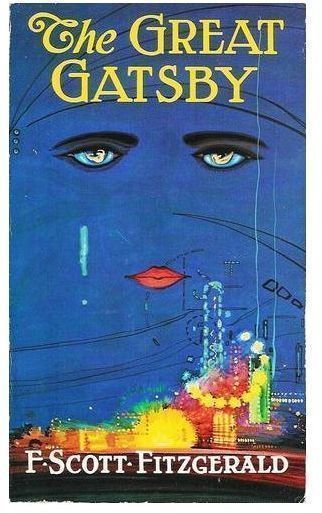Literature Circles as a Culminating Activity for Studying "The Great Gatsby"
Literature circles not only give give students a structured way to share, they will also be practicing their analytical and critical reading skills without even realizing it!
Literature Circles can be used for several different applications and can be personalized for the unique needs of an individual class. I have used them in class during a novel unit, holding them at intervals to discuss the beginning, middle, and end of a novel. The most successful and beneficial literature circles I have held in class have been a culminating activity at the end of a novel. The students are able to give and gain insight into the novel as a whole. They can recognize how literary techniques have been used and developed throughout the story. They can discuss and process any questions, frustrations, or excitement about the story. A strong literature circle assesses all of the learning we hoped would take place in our novel unit.
Lesson Objectives
Students will learn and apply the various roles of members in a literature circle. They will also work cooperatively in a group to agree upon who will be assigned the various jobs and capitalize on the varied strengths of their group members.
By completing the requirements of one of these roles and engaging in active discussion with classmates assigned to other roles, they will gain insight and process the various components of a cherished American classic novel. Because of the complexity of the characters, richness of plot and themes, and the masterful writing of F. Scott Fitzgerald, The Great Gatsby literature circle serves as a platform for assessing all of the learning objectives an individual teacher sets at the beginning of the unit.
Materials Needed
- A copy of The Great Gatsby for each student
- A description of the roles being assigned and the expectations for each
- A scoring sheet for the teacher to track the active participation of all members of the literature circle (optional)
Procedure
If this is the first time literature circles are being used in your class, students should be taught the description of each role. As a teacher, you should establish and communicate to them the exact expectations you have for each role. The roles can be modified, changed, or expanded upon based on the unique needs of your class. These are the roles I have used in my class:
- Discussion Director: writes questions to guide thoughtful group discussion and keeps the group on task.
- Connection Maker: writes own and group members’ connections (text-to-text, text-to-self and text-to-world).
- Word Wizard: searches for unusual word choice or description or defines words the group many not know.
- Passage Picker: selects and re-reads important passages or descriptive imagery sections to the group and discusses author’s style.
- Summarizer: writes a summary for the beginning, middle, and end of the novel. Revises it with group input and creates a final book summary.
Depending on the number of students in your class, you can create several groups with these five roles. If the class is smaller, I usually drop the role of Summarizer. Students can be assigned groups and/or roles or they can decide on their own. Give students adequate time outside of school to prepare for the literature circle. You can specify the number of examples they must provide or keep it flexible. They can prepare their assignments in one night or you can give them several days to complete it for homework. I find that it works best when I let students know several days ahead of time that they should be prepared on a Friday.
When students come into class on the day you are holding the literature circles, they should get into their groups and begin discussing the novel. The Discussion Director can begin and keep the conversation on track. Each person should have time to discuss his or her own job. Students should be encouraged to ask their group members follow-up questions, offer an opinion of what has been said, and react to the discussion. Depending on the experiences of the group you are teaching, students may need direct instruction on questioning and discussion techniques. Establishing a safe, respectful environment in which all opinions and contributions are valued is absolutely critical for ensuring the success of literature circles.
Assessment
Assessment is another area in which the literature circle can be personalized. You can require a certain number of responses or verbal contributions from each member. You can keep track each time a student speaks in the group. You can have students complete a self-evaluation after the discussion. You can simply circulate around the groups and monitor the engagement of each student. The important thing is to be sure that all students are actively participating and no single person is monopolizing the discussion.
Literature circles give all students an opportunity to engage with the novel and interact with others who have recently had the same reading experience. It also teaches critical thinking, analyzing and conversational skills all at the same time. They can be adapted and used several times during the course of one novel or only as a culminating activity. The Great Gatsby lends itself beautifully to this format. It may take several attempts with one class for students to really feel comfortable with the format, but the rewards of witnessing lively discussion and debate over a novel are magnificent.
This post is part of the series: Teaching “The Great Gatsby”
This series of lesson plans will get your students excited and interested in “the Roaring 20’s”. Enjoy!
